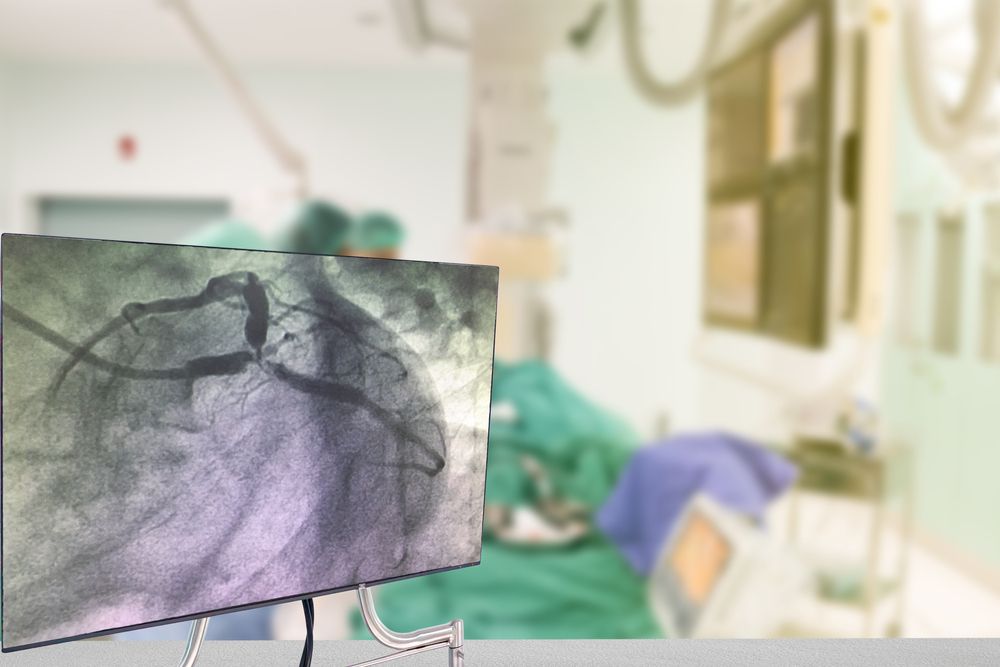
A coronary angiogram is a procedure that uses X-ray imaging to see your heart’s blood vessels. The test is generally done to see if there’s a restriction in blood flow going to the heart.
Coronary angiograms are part of a general group of procedures known as heart (cardiac) catheterizations. Cardiac catheterization procedures can both diagnose and treat heart and blood vessel conditions. A coronary angiogram, which can help diagnose heart conditions, is the most common type of cardiac catheterization procedure.
During a coronary angiogram, a type of dye that’s visible by an X-ray machine is injected into the blood vessels of your heart. The X-ray machine rapidly takes a series of images (angiograms), offering a look at your blood vessels. If necessary, your doctor can open clogged heart arteries (angioplasty) during your coronary angiogram.
Why it’s done
Your doctor may recommend that you have a coronary angiogram if you have:
Because there’s a small risk of complications, angiograms aren’t usually done until after noninvasive heart tests have been performed, such as an electrocardiogram, an echocardiogram or a stress test.